Introduction
Duck blood, a culinary delight enjoyed across various regions, particularly in Asian cuisines, offers a unique texture and rich, iron-infused flavor that sets it apart from other blood-based dishes. Whether incorporated into soups, stir-fries, or served as a standalone dish, duck blood’s appeal lies in its tender consistency and ability to absorb flavors from surrounding ingredients. However, achieving the perfect cooking time for duck blood can be a delicate balance, as overcooking can lead to a rubbery texture, while undercooking poses food safety risks. This article delves into the intricacies of cooking duck blood, exploring the optimal cooking time to ensure it is both safe to consume and delightfully tender.
Understanding Duck Blood: Nutritional Benefits and Culinary Uses
Duck blood, much like other animal bloods consumed globally, is a nutrient-dense food. It is rich in iron, protein, and essential vitamins and minerals, making it a valuable addition to the diet for those seeking to boost their intake of these nutrients. In traditional medicine, duck blood is sometimes believed to have therapeutic properties, such as improving blood circulation and enhancing energy levels, although these claims lack scientific consensus.
Culinary uses for duck blood are diverse, ranging from being a key ingredient in dishes like Chinese blood tofu and Korean blood sausage (soondae) to being a popular addition in hot pots and soups. Its ability to absorb flavors and its tender texture make it a versatile component in various recipes.
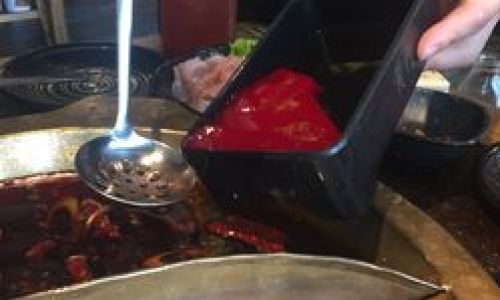
The Importance of Proper Cooking: Food Safety and Texture
When preparing duck blood, food safety is paramount. Raw or inadequately cooked blood can harbor harmful bacteria and parasites, posing a risk of foodborne illnesses. Therefore, achieving the correct cooking temperature and time is crucial not only for flavor but also for ensuring the dish is safe to eat.
Texture is another critical aspect of cooking duck blood. Overcooked duck blood can become rubbery and unappealing, while undercooked blood may retain a slimy consistency, detracting from the overall eating experience. Finding the right balance ensures that the duck blood retains its tender, silken texture while being fully cooked.
Factors Influencing Cooking Time
Several factors can affect the optimal cooking time for duck blood, including:
-
Thickness and Consistency: Fresh duck blood tends to have a thicker consistency than blood that has been stored for longer periods. Thicker blood may require more time to cook evenly.
-
Cooking Method: Whether you’re boiling, steaming, stir-frying, or incorporating duck blood into a soup, the cooking method will influence how long it takes to reach the desired doneness. Boiling and steaming tend to be more consistent in terms of heat distribution, while stir-frying can vary depending on the intensity of the heat and the size of the cooking surface.
-
Cut Size and Shape: If duck blood is cut into smaller pieces, it will cook faster than larger chunks. The shape can also affect cooking time, as flat pieces heat more evenly than irregular shapes.
-
Starting Temperature: The initial temperature of the duck blood and the cooking medium (water, broth, oil) will impact the cooking time. Cold duck blood will take longer to heat up than blood that is at room temperature or warmer.
-
Desired Doneness: Personal preference for the texture of cooked duck blood can vary. Some may prefer a slightly firmer texture, while others might enjoy a more tender, almost creamy consistency.
Optimal Cooking Time for Duck Blood
To determine the optimal cooking time for duck blood, let’s consider the most common cooking methods: boiling and steaming.
Boiling Duck Blood
Boiling is a straightforward method for cooking duck blood, as it ensures even heat distribution and is relatively easy to control. Here’s a step-by-step guide:
-
Preparation: Cut the duck blood into uniform pieces, typically around 1-inch cubes or smaller, to ensure even cooking. Rinse the pieces under cold running water to remove any impurities or excess coagulum.
-
Bringing Water to a Boil: Fill a pot with enough water to fully submerge the duck blood pieces. Add a pinch of salt (optional) to the water to enhance flavor. Bring the water to a rolling boil over high heat.
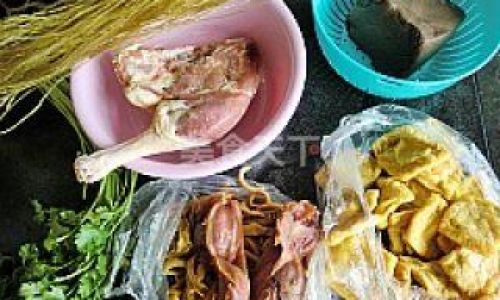
-
Adding Duck Blood: Carefully lower the duck blood pieces into the boiling water using a slotted spoon or tongs to avoid splashing. Reduce the heat to a gentle simmer to prevent the water from boiling over and breaking apart the duck blood.
-
Cooking Time: Simmer the duck blood for approximately 3-5 minutes. Smaller pieces may be ready in as little as 3 minutes, while larger pieces may require up to 5 minutes. The duck blood should turn a darker red and firm up but remain tender.
-
Checking for Doneness: To check if the duck blood is cooked, gently pierce a piece with a fork or toothpick. It should feel firm but not rubbery. If there is any resistance or a slimy texture, continue cooking for another minute or two and check again.
-
Draining and Serving: Once cooked, remove the duck blood pieces using a slotted spoon and let them drain on a paper towel to remove excess water. Serve immediately or use in your recipe as desired.
Steaming Duck Blood
Steaming is another effective method for cooking duck blood, as it preserves the delicate texture and flavor. Here’s how to steam duck blood perfectly:
-
Preparation: Prepare the duck blood as described above, cutting it into uniform pieces and rinsing under cold water.
-
Setting Up the Steamer: Fill the bottom of a steamer pot with water and bring it to a boil over high heat. Place the steaming rack inside the pot.
-
Arranging Duck Blood: Arrange the duck blood pieces in a single layer on a heatproof steaming dish or plate. You can add a few slices of ginger or green onions to the dish for added flavor, if desired.
-
Steaming Time: Place the steaming dish on the rack and cover the pot tightly. Steam the duck blood for about 5-7 minutes, depending on the size of the pieces. Smaller pieces may be ready in 5 minutes, while larger ones may need up to 7 minutes.
-
Checking for Doneness: Carefully remove the steaming dish and check the duck blood for doneness using a fork or toothpick, as described above. It should be firm and have a pleasant, cooked texture.
-
Serving: Serve the steamed duck blood hot, garnished with chopped scallions, sesame oil, or soy sauce, according to your preference.
Conclusion
Cooking duck blood to perfection requires attention to detail and an understanding of the factors that influence cooking time. By following the guidelines provided for boiling and steaming, you can achieve a tender, flavorful dish that is both safe to eat and a delight to the senses. Remember, the key to success is to cook the duck blood until it is firm but not rubbery, ensuring it retains its silken texture and rich flavor. Experiment with different cooking methods and seasonings to find your perfect duck blood recipe, and enjoy this unique culinary treat as part of a balanced, nutritious diet.
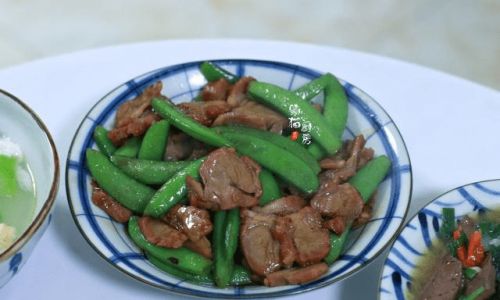
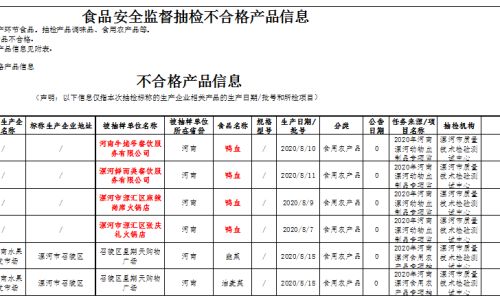
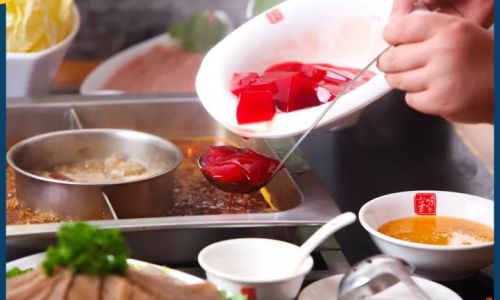
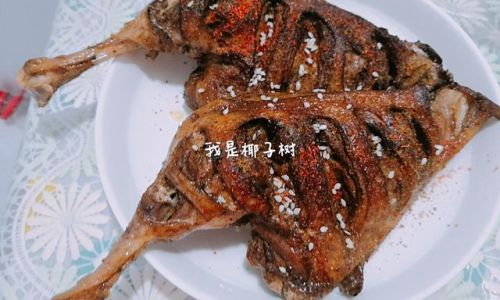
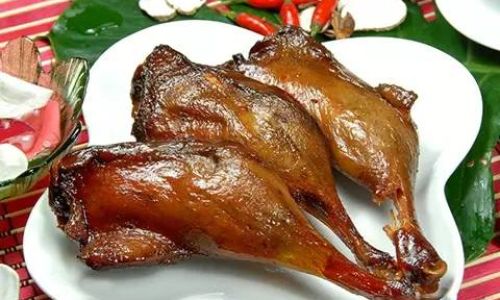

0 comments